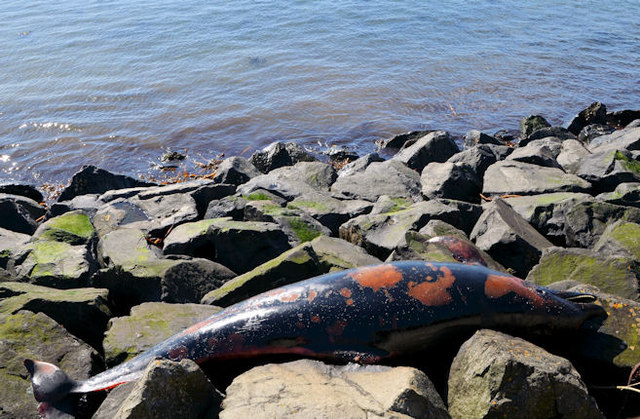In March 2011, an earthquake launched a tsunami that left the Fukushima Daiichi nuclear power plant in ruins on Japan’s Tohoku coast. No one knows how much plutonium was released into the marine environment after the disaster. What is known is that the amount of plutonium in the water below the Fukushima reactors is 10 millions time higher than normal.
Plutonium is a highly radioactive metal used as fuel in nuclear reactors and weapons. It has approximately 15 isotopes. Plutonium-244 is the longest lived isotope, with a half-life of about 80 million years. The isotopes found at the Fukushima site include plutonium 239, 240, 241 and 242.
